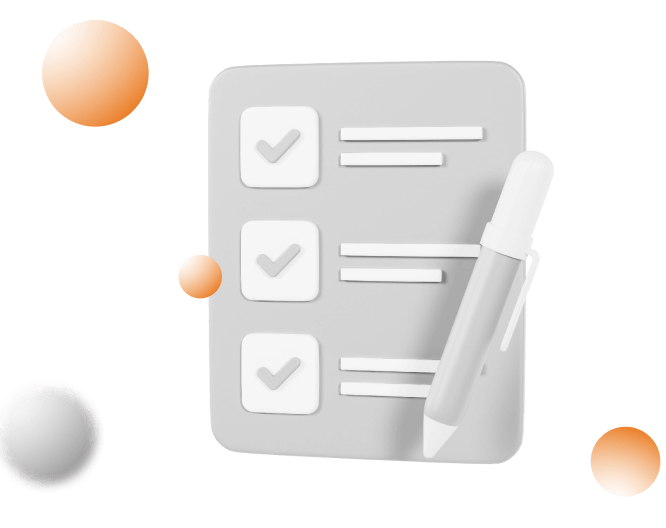
Over the past few years, LLMs have reached unprecedented fluency in text generation. Large language model APIs are the gateway for integrating them into different apps. Companies don't need massive computational resources to train or run LLMs. Developers can use these APIs to streamline workflows, leading to innovative products in almost any industry.
As LLM performance advances remarkably, ensuring equal access to innovations is imperative. As impressive as these models may be, their true potential lies in the ease of retrieving their output.
In this article, the Softermii team discusses the core components, integration strategies, security concerns, error handling, and cost management of LLM APIs. The opportunities are endless – if we have the vision to integrate them into every meaningful aspect of technology and society.
Project Calculator
Get the detailed project estatimation – choose the details of your product and calculate the quote of the development
Project Calculator

Large language model API enables interaction with advanced AI systems that process, understand, and generate human language. These APIs serve as a bridge between the complex algorithms of large language models and various applications. Thus, they allow for seamless integration of language processing capabilities into software solutions. Here are some of their basic concepts:
The evolution of LLM APIs represents a significant advancement in AI and natural language processing. Initially, language models were limited in scope and complexity. They used to struggle with understanding context and generating natural-sounding text. Yet, advancements in machine learning algorithms, computational power, and data availability made LLMs more sophisticated.
Today, these models, including GPT-4 by OpenAI and LLaMA by Meta, are at the forefront of artificial intelligence. They can perform various language-related tasks with high accuracy and human-like fluency. Their application in diverse industries transforms how businesses interact with data and customers. The following aspects characterize the current state of LLM APIs: